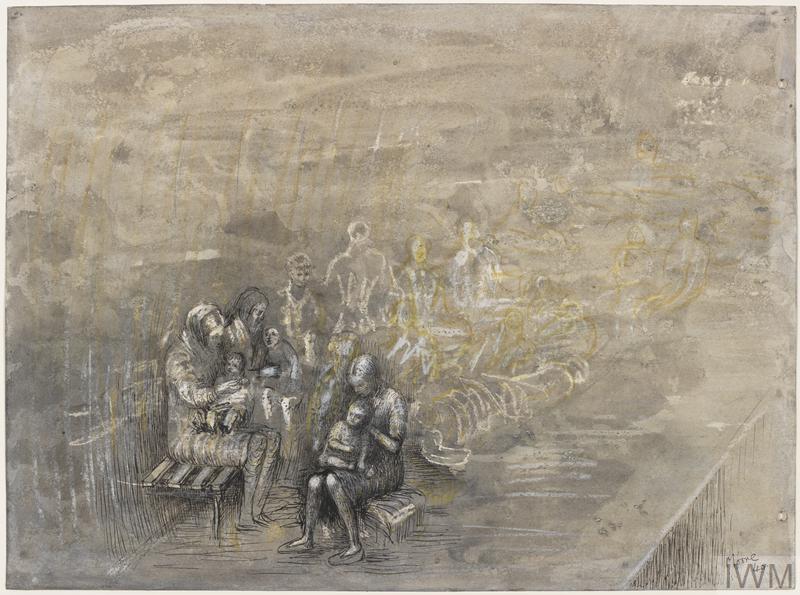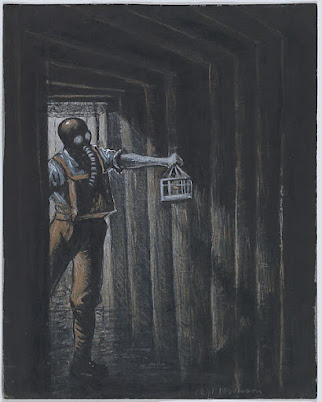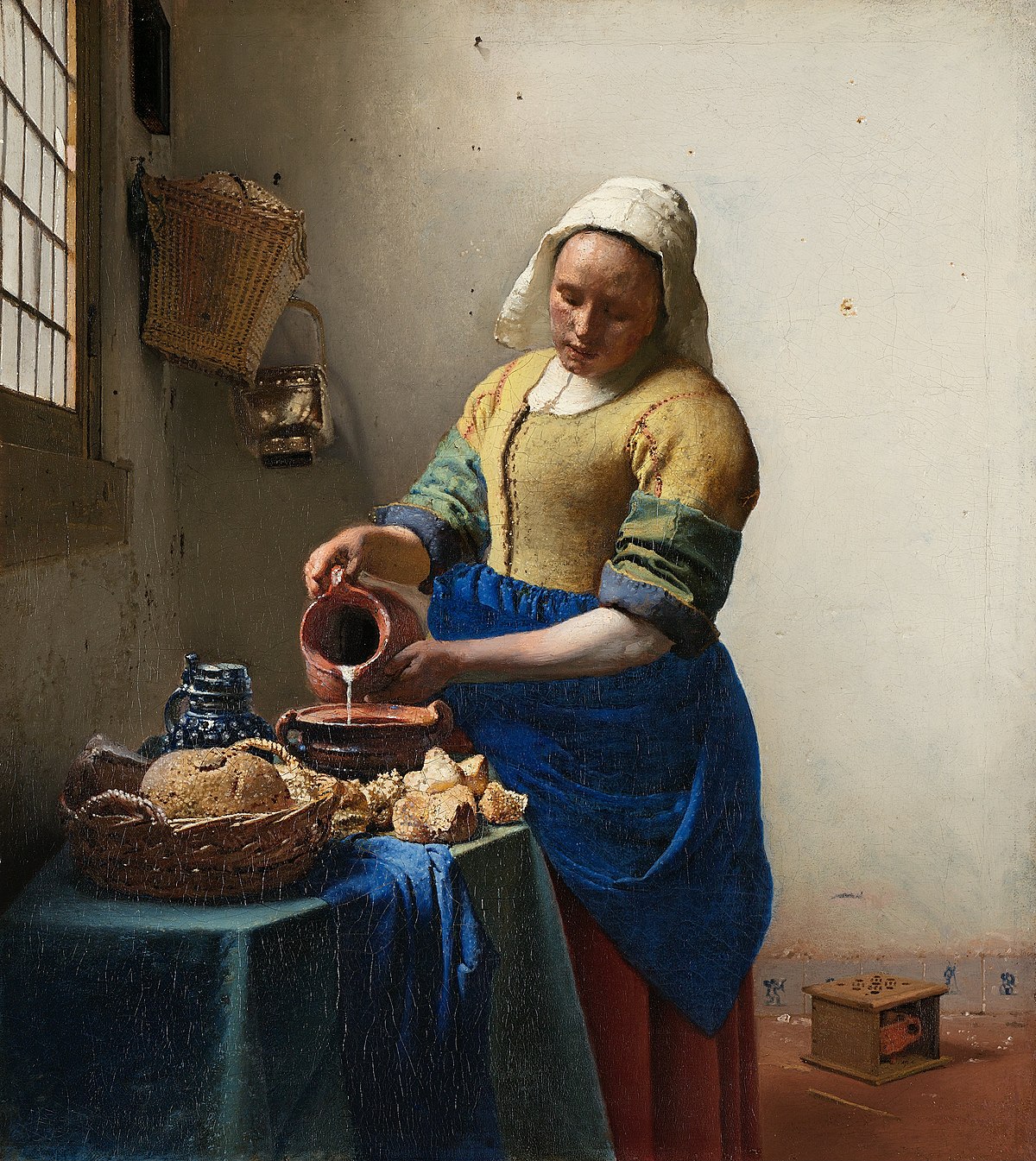Non-Western Blog

For many years, Americans have indulged in Japanese art, primarily in terms of anime, manga, and cutesy mascots. We were t-shirts, we buy figurines, and we purchase cutlery and dishes with floral prints or cute animals on them. But it would be a disservice to the rich history and culture of Japan to act as if this is all the art they have to offer. For this blog post, I will be looking at four works from the Edo Period, which lasted from 1615 to 1868. One Hundred Boys , Kano Eino, 17th Century, Japan Kano Eino was the successor to Kano Sansetsu, head of the House of Kano, who served as official painters to the elite of both the imperials and military for over four centuries. Kano Eino's style is one passed down through his family, as many generations of the Kano family painted in a similar style. I chose this painting because I feel like it reflects the values and culture of the time, as well as being very visually pleasing. There are multiple elements from Japanese culture ...





